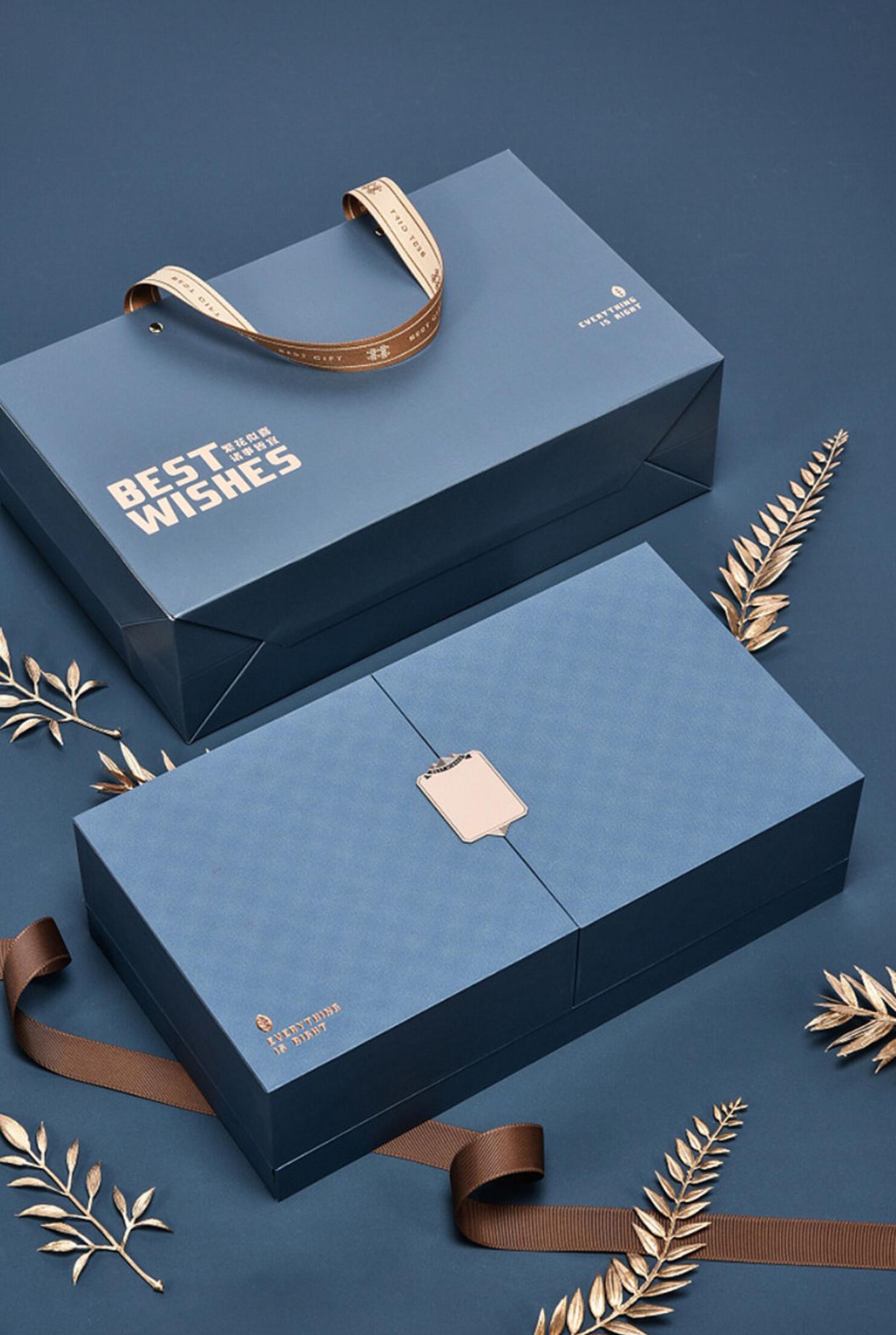Packaging plays a crucial role in creating a strong brand identity and attracting consumers. In today's competitive market,
it is essential for companies to leverage packaging design to effectively communicate the unique qualities and differentiation
of their products. This article will explore some key strategies to highlight product differentiation through packaging design.
1. Understand Your Target Audience:
To create an impactful packaging design, it is important to have a deep understanding of the target audience. Consider
factors such as demographics, preferences, and values. Conduct market research to gather insights about consumer behavior,
purchase motivations, and visual preferences. This will enable you to create packaging that resonates with your target audience
and communicates your product's unique selling points effectively.
2. Emphasize Unique Features:
Highlighting the distinctive features of your product is vital in setting it apart from competitors. Whether it's a special ingredient,
a unique formula, or an innovative technology, make sure these features are clearly represented in your packaging design.
Use visual elements such as images, icons, or illustrations to draw attention to these key differentiators. Incorporate descriptive
and persuasive text that communicates the benefits of these features to the consumer.
3. Use Colors and Graphics Strategically:
Colors and graphics have a significant influence on consumer perception and brand recognition. Choose a color scheme that
reflects the essence of your product and aligns with your brand identity. Vibrant colors can evoke excitement and energy, while
muted tones might project elegance or sophistication. Integrate eye-catching graphics that convey the message of your
product's differentiating factors. A visually appealing design will capture attention and enhance product recognition on the shelves.
4. Optimize Packaging Structure:
The shape, size, and functionality of your packaging can contribute to product differentiation. Consider unique packaging structures
that align with your brand and resonate with your target audience. Unconventional or innovative packaging shapes can generate
intrigue and curiosity, giving your product an edge over competitors. Additionally, ensure that the packaging is user-friendly and
provides convenience to the consumer. Packaging that is easy to open, use, and store can enhance the overall product experience.

5. Incorporate Sustainable Packaging:
In recent years, consumers have become more conscious of the environmental impact of packaging. Incorporating sustainable
packaging materials and practices can differentiate your product as eco-friendly and responsible. Explore options such as recyclable,
biodegradable, or compostable materials. Clearly communicate your commitment to sustainability on the packaging, as it can resonate
positively with environmentally-conscious consumers.
Conclusion:
Packaging design is a powerful tool for highlighting product differentiation. By understanding the target audience, emphasizing unique
features, using strategic colors and graphics, optimizing packaging structure, and incorporating sustainable materials, companies can
effectively communicate the distinct qualities of their products. Ultimately, well-executed packaging design can not only attract customers
but also create a lasting impression that strengthens brand loyalty. As competition continues to intensify, investing in innovative packaging
design is key to staying ahead in the market.
In summary, packaging design serves as a visual ambassador for a product, reflecting its unique attributes and setting it apart from
competitors. It is a powerful means to capture consumers' attention, communicate value, and create a memorable experience. To maximize
the impact of packaging design, companies must carefully consider their target audience, product features, colors, structure, and sustainability.
By doing so, they can create a compelling packaging design that effectively showcases the product's differentiation, ultimately driving sales
and fostering brand loyalty.





